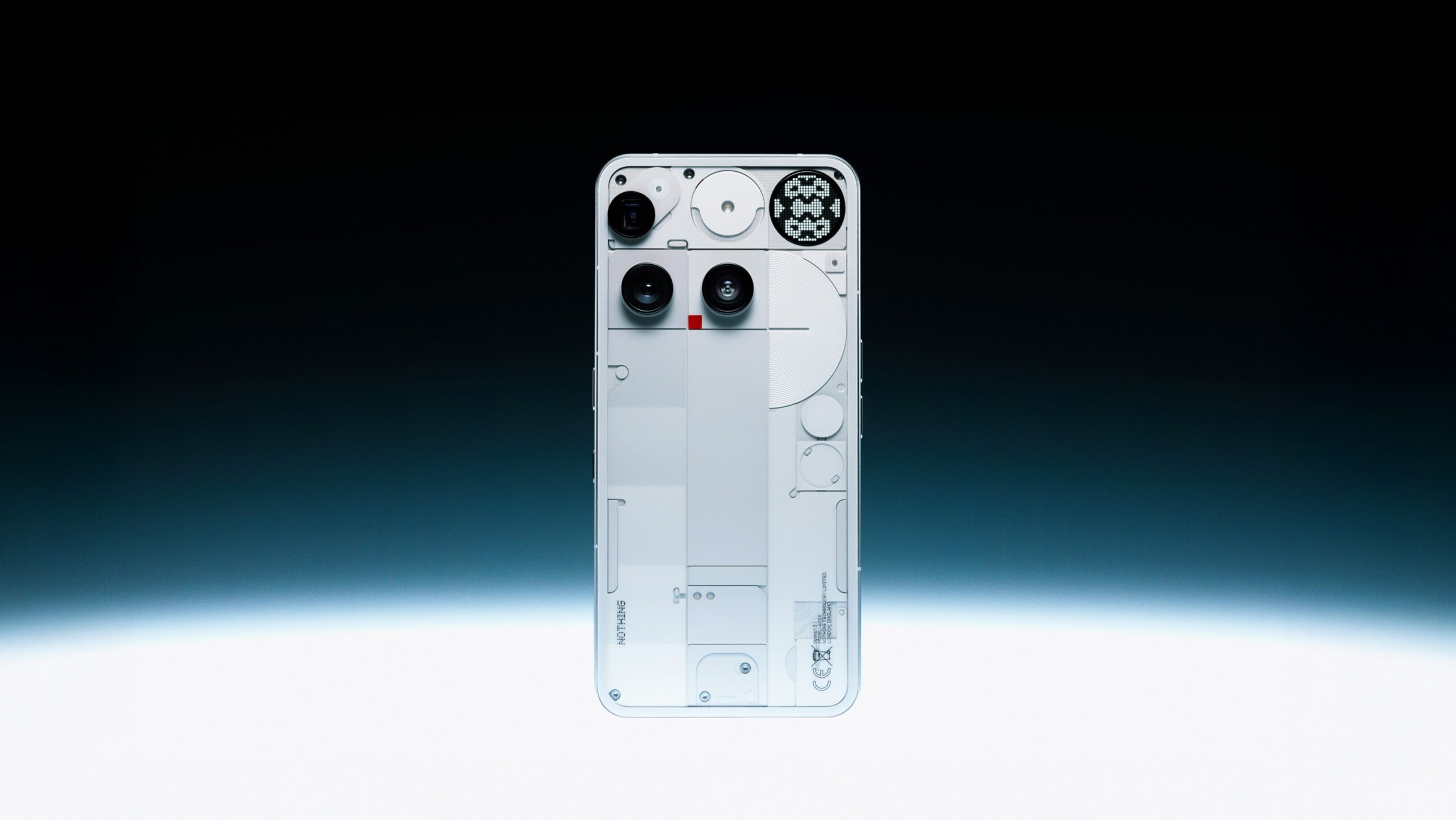The Xiaomi 17 Pro Max has finally arrived, and I have to admit—I was genuinely excited about this phone. While it has officially launched in China, we’ve already placed an order for the US variant, which is expected to launch here soon.
There’s been quite a bit of discussion around the naming. The Xiaomi 17 Pro Max sounds very similar to a model that was released not too long ago. But beyond the name, this phone draws inspiration from several key areas. And honestly, that’s not a bad thing.
There’s a lot to like here. Put side by side with the original, the Xiaomi 17 Pro Max holds its own, and in some ways, it might even steal the spotlight.
One of the major highlights is the rear display. Xiaomi isn’t new to this idea—the Mi 11 Ultra featured a 1.1-inch rear screen—but this time, it’s bigger and far more functional. It opens up a range of practical uses that go beyond just aesthetics. And that’s not all. There are two to three more standout features that make this phone worth checking out, which I’ll dive into in this post.
Unboxing
Let’s unbox the Xiaomi 17 Pro Max—the first commercially available smartphone we’re testing in our website.
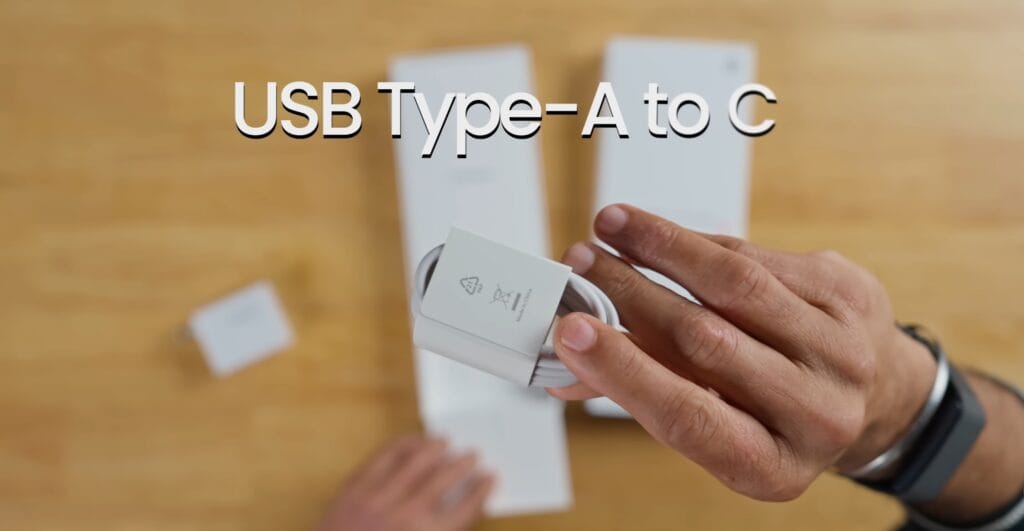
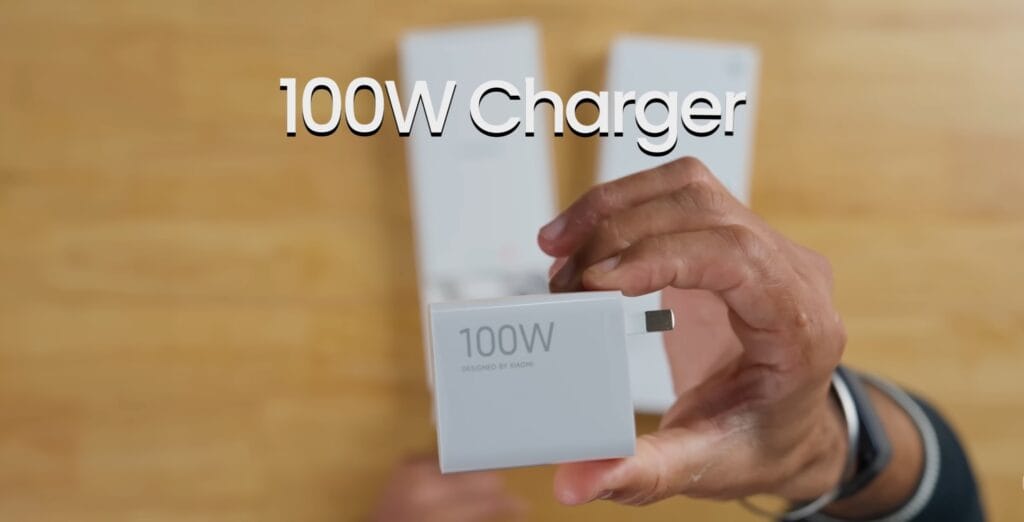
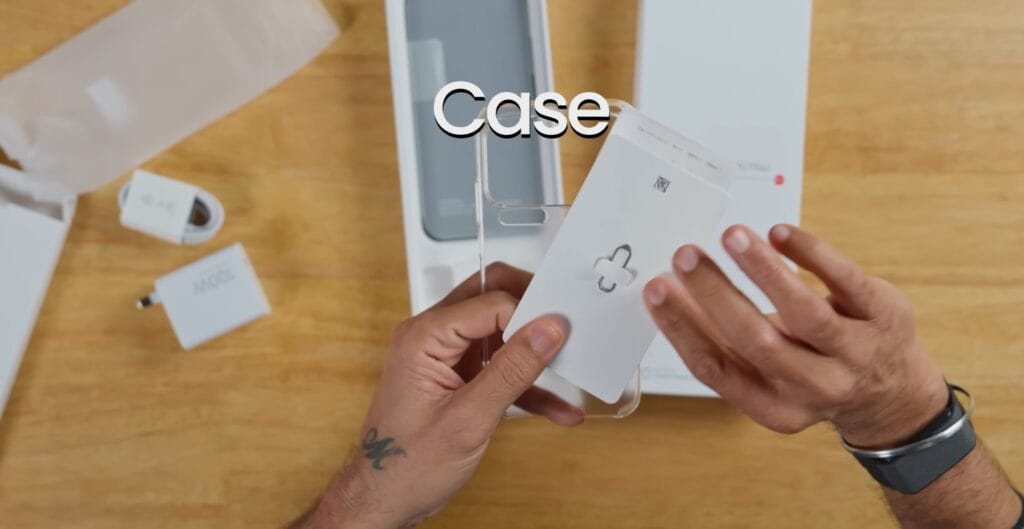
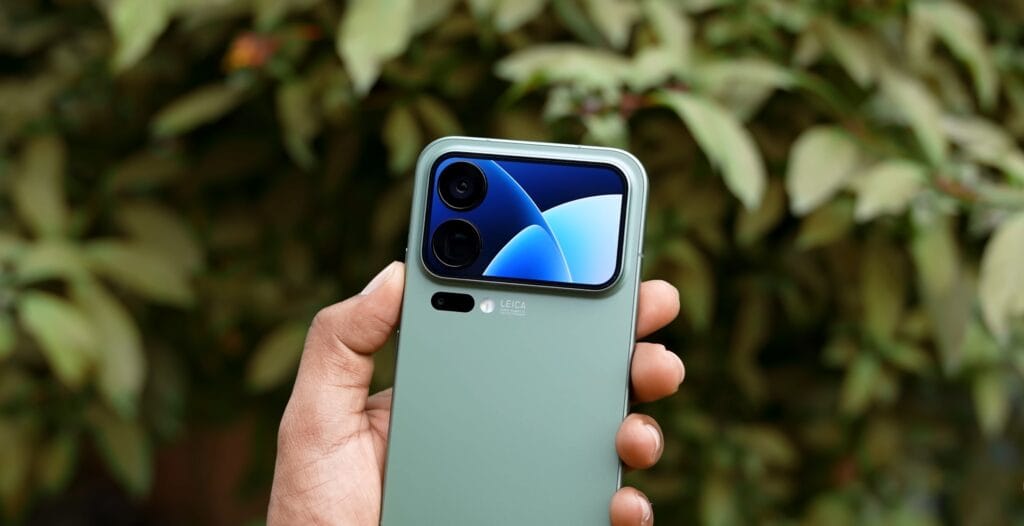
The box is long, with “Xiaomi 17 Pro Max” clearly printed on it. Inside, you’ll find:
- A compact 100W charger.
- A USB Type-A to Type-C cable.
- A clear hard case.
- SIM card tool and documentation.
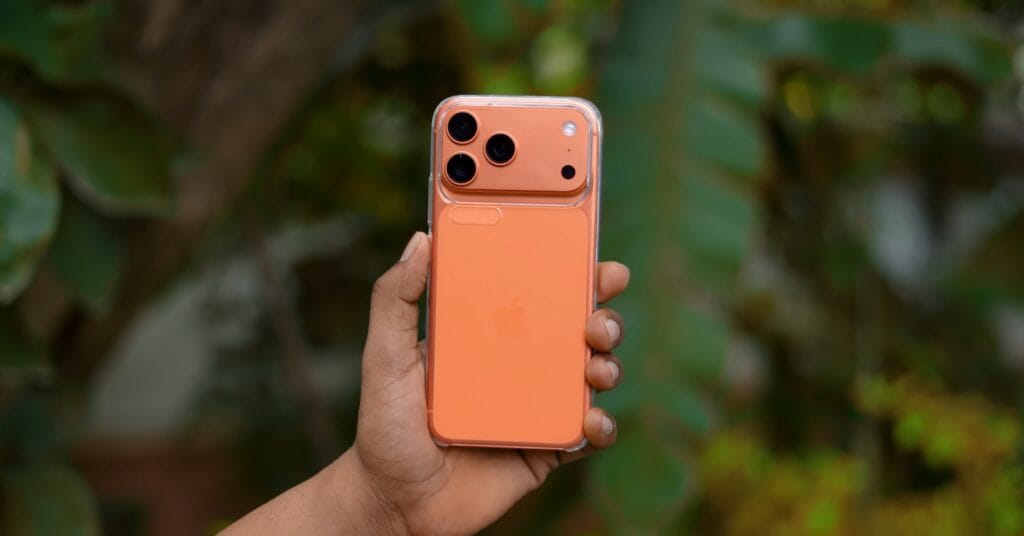
I’m also going to test if this case fits the original 17 Pro Max. I’m planning to experiment with the case to see if it fits the original 17 Pro Max as well. Overall, the unboxing gives a good first impression, with all the essentials included right out of the box.
Build & Degisn
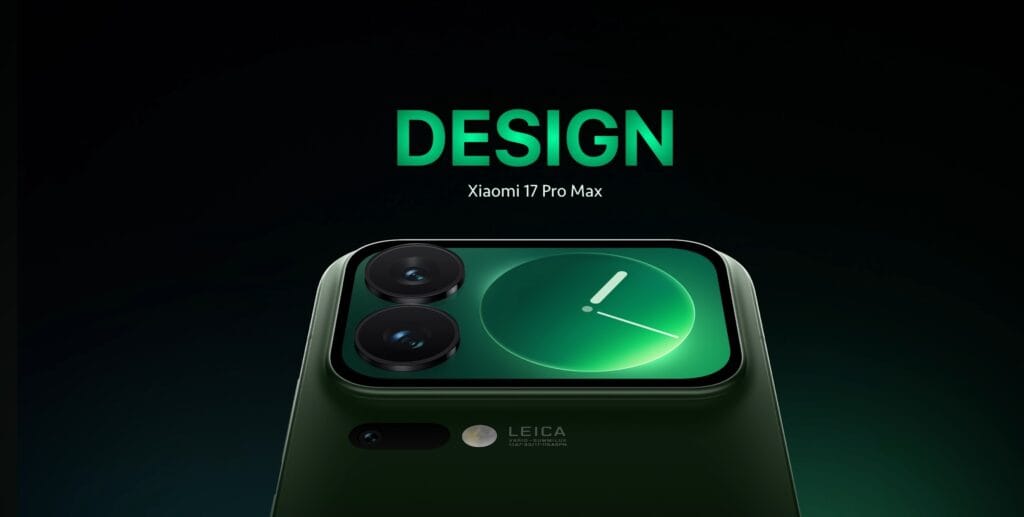
Let’s set the box aside and take a closer look at the Xiaomi 17 Pro Max. Since this isn’t the global variant, we’ll share a full review once it launches locally. The phone immediately stands out with its large rear display, which gives it a hefty presence. I tested the case, and it fits perfectly—slightly big, but it works well.
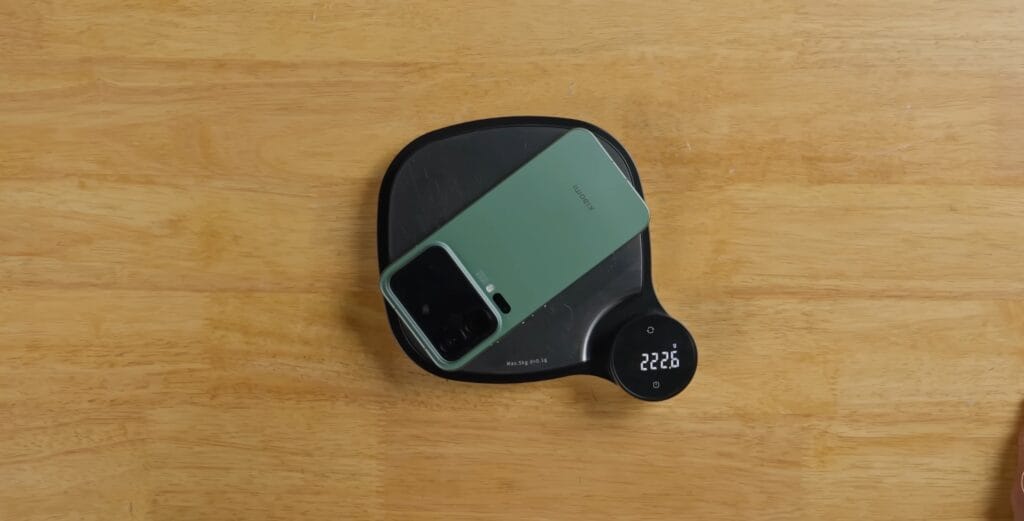
One of the major highlights is the massive 7,500mAh battery. Surprisingly, despite its size, the phone doesn’t feel overly heavy. It weighs 222g, slightly front-heavy, but still lighter than the iPhone 17 Pro Max, which has a 4,900mAh battery and weighs 232g. So, you get significantly more battery without adding extra weight.
Display
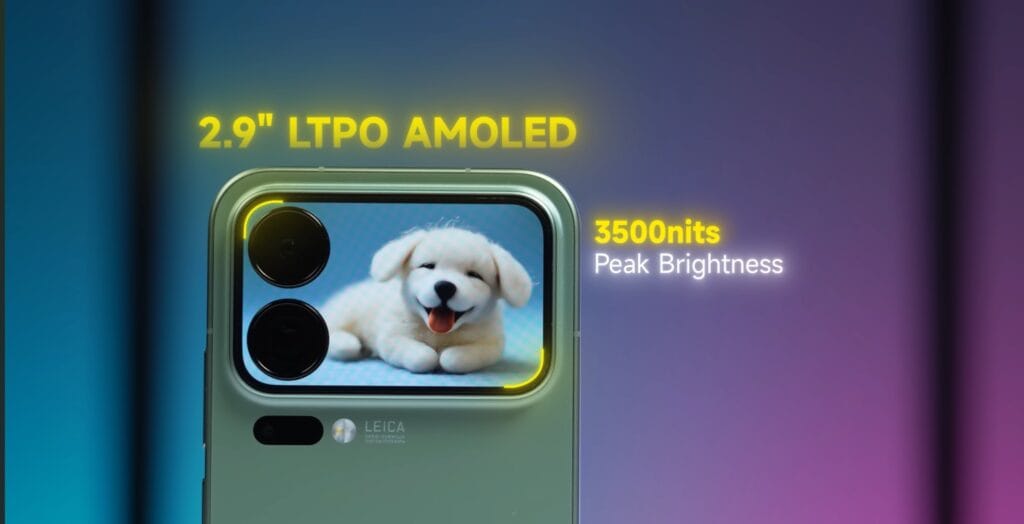
The Xiaomi 17 Pro Max comes with a massive 6.9-inch front display protected by Dragon Crystal 3.0 glass, paired with a metal frame and glass back. The back features a secondary 2.9-inch display, slightly larger than the 2.7-inch rear screen on the 17 Pro.
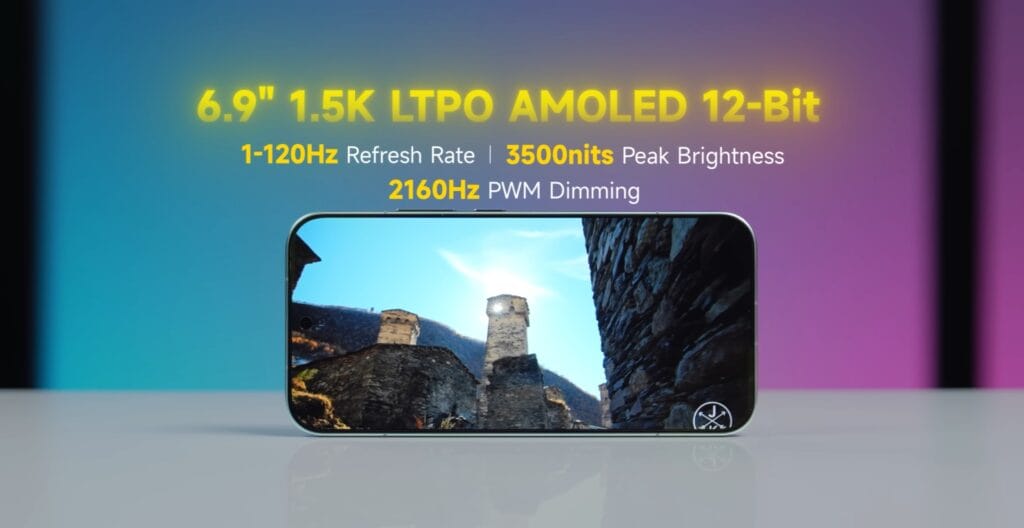
This cover display is highly functional—you can remove it for the camera, check notifications from deliveries or apps like Swiggy, set timers, use AI wallpapers, scan QR codes as digital business cards, and even track flight tickets. It’s a practical addition that enhances the phone’s usability while looking sleek.
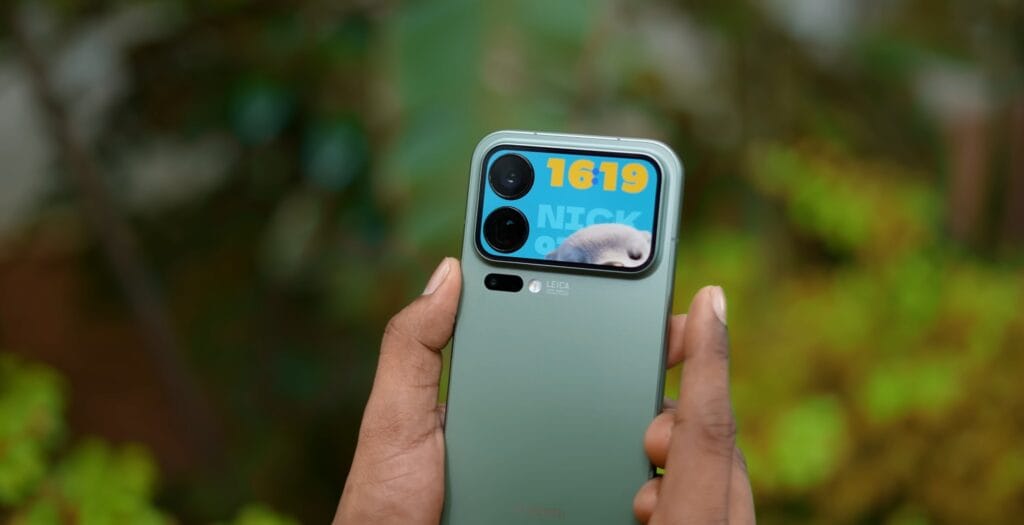
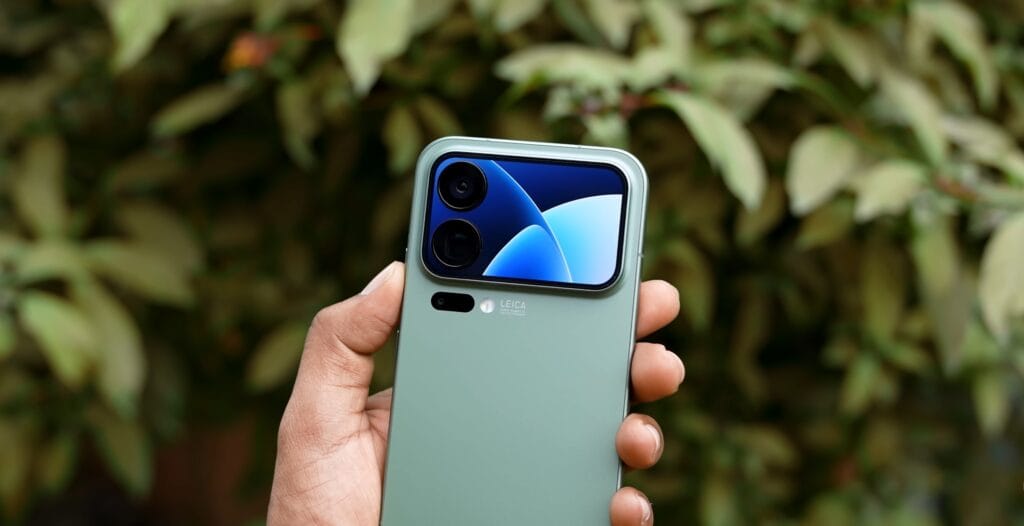
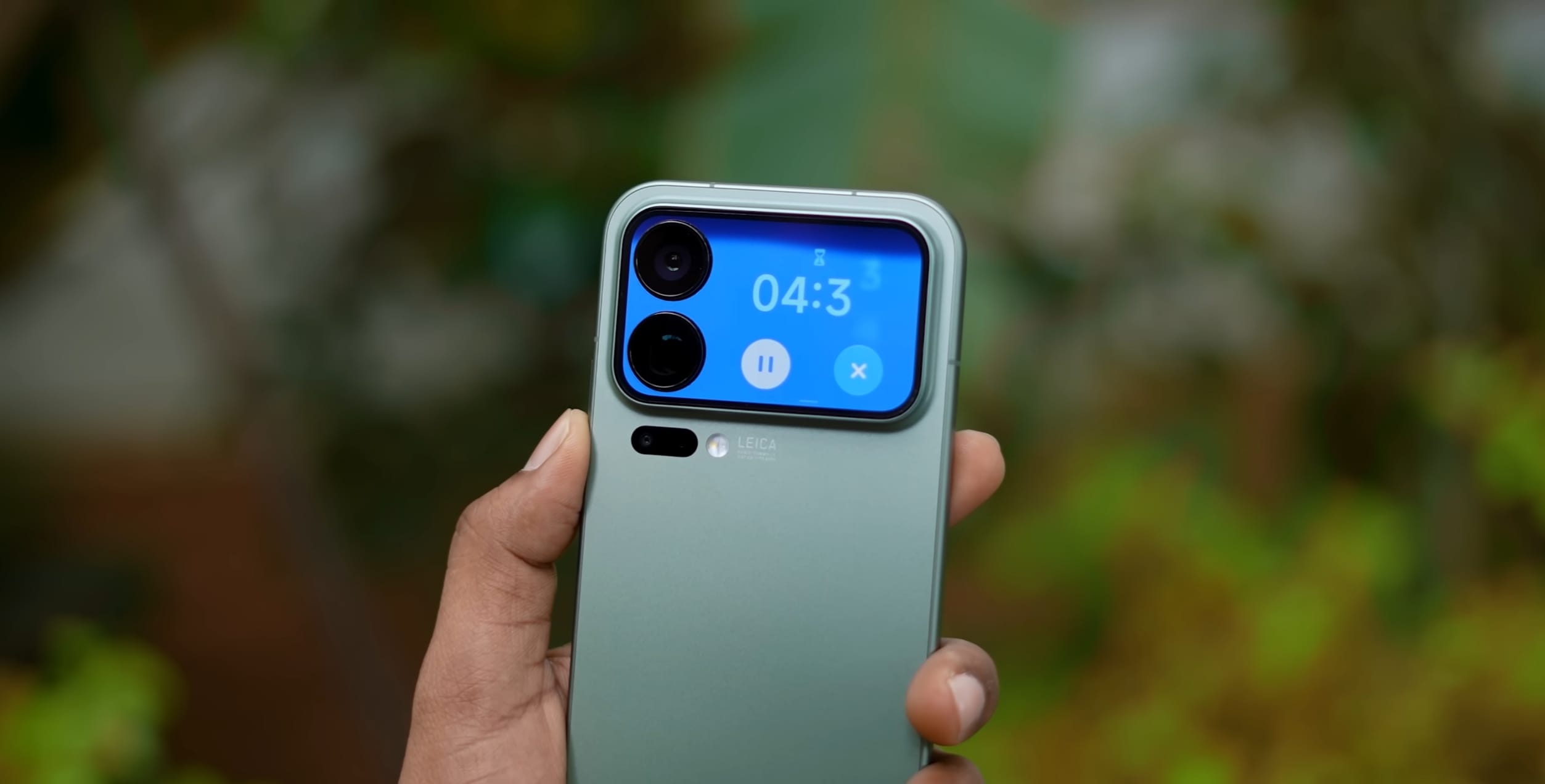
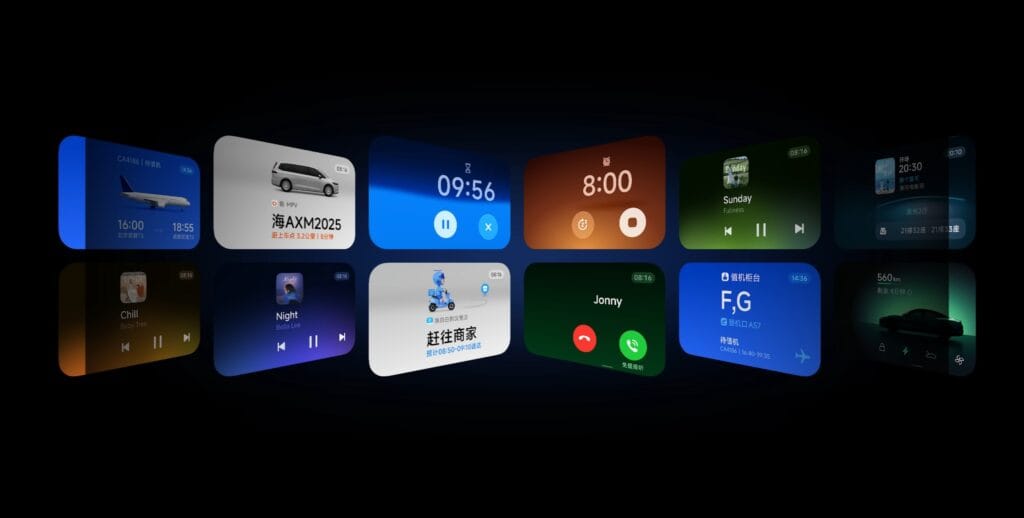
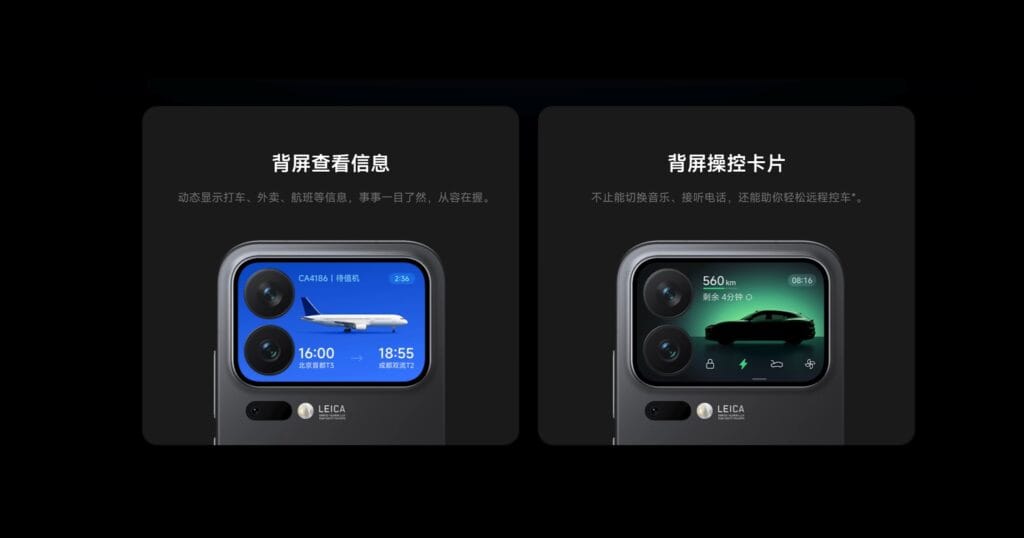
The main front display is equally impressive. At 6.9 inches, it offers a 1.5-inch resolution, a 120Hz AMOLED panel, and 12-bit color depth. The brightness is exceptional, reaching up to 3,200 nits in a 10% area, making it easy to view even in bright sunlight.
Combined with ultra-thin 1.1mm bezels, it creates an immersive viewing experience. In short, the Xiaomi 17 Pro Max delivers both a stunning front display and a highly functional back display, setting it apart in design and practicality.
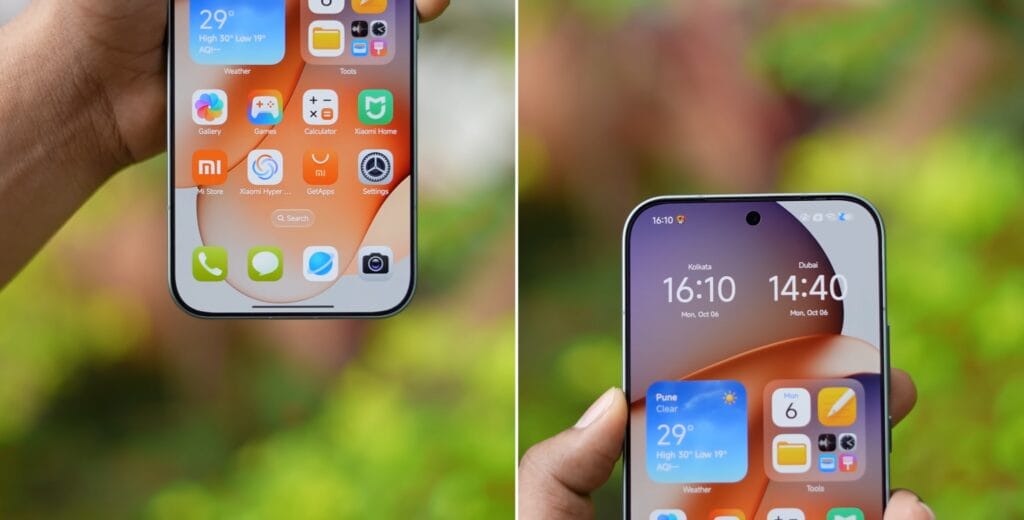
performance
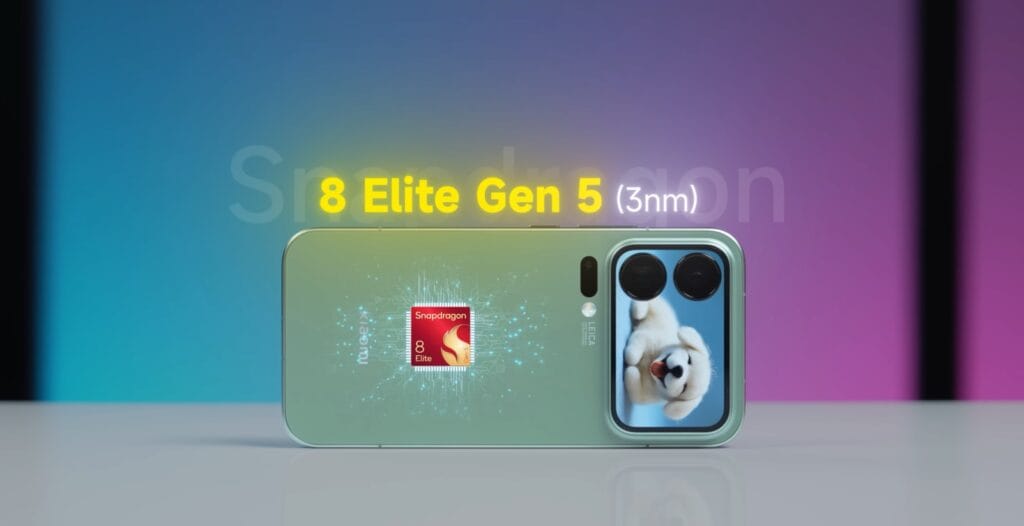
Let’s talk about the performance of the 8 Elite Gen 5. It features the latest high-end chipset, delivering impressive results. On a Qualcomm Summit sample device, it scored around 4.3 million on Antutu, although we don’t expect commercial units to hit that level. Still, the phone should achieve around 3.7–3.8 million on Antutu. Currently, the tested unit scored 3.4 million, which is still very respectable.
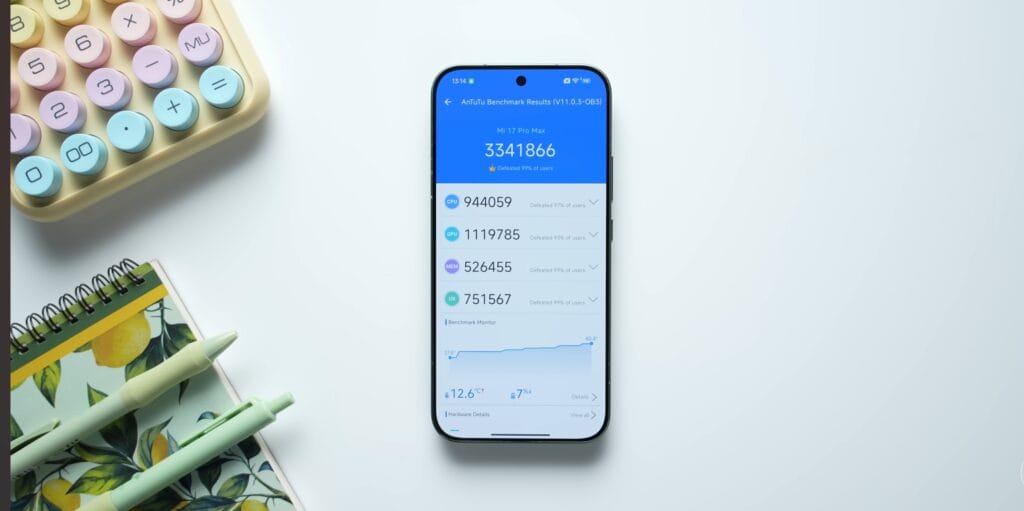
On Geekbench, the multicore score is nearly 11,000, with most results hovering around 10,000–10,500—again, very solid. Future commercial variants could reach up to 3.9–4 million on Antutu, which is a significant performance jump compared to previous generations. The Geekbench single-core score is around 3,100–3,200, slightly above 3,500 in some tests, which is excellent for day-to-day and heavy-duty performance. Overall, the 8 Elite Gen 5 demonstrates strong performance and shows a clear step up from its predecessors.
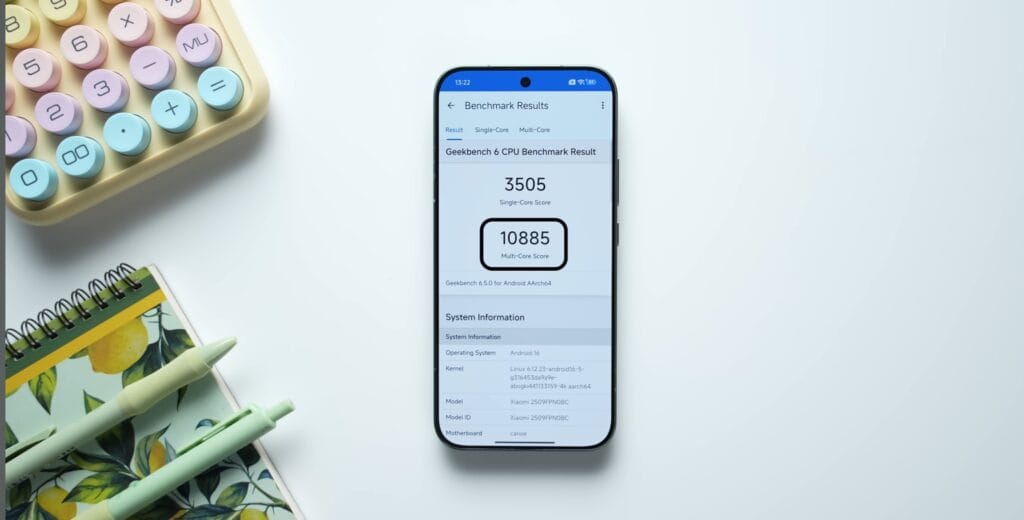
varient
Let’s talk about the Xiaomi 17 Pro Max variants. Compared to the 17 Pro, it offers double the storage in its base model, which comes with 12GB RAM and 512GB internal storage. The Chinese version also offers higher-end options: 16GB RAM with 512GB or 1TB storage. If it launches in India, the configuration might be slightly different, possibly 12GB RAM with 256GB storage.
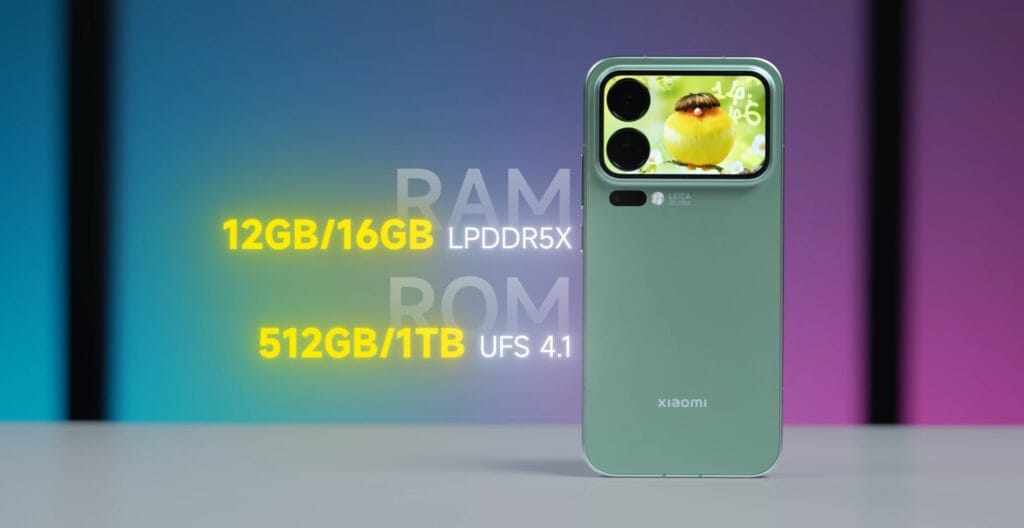
The phone uses LPDDR5X RAM and UFS 4.1 storage, which is about 10% faster than UFS 4.0.
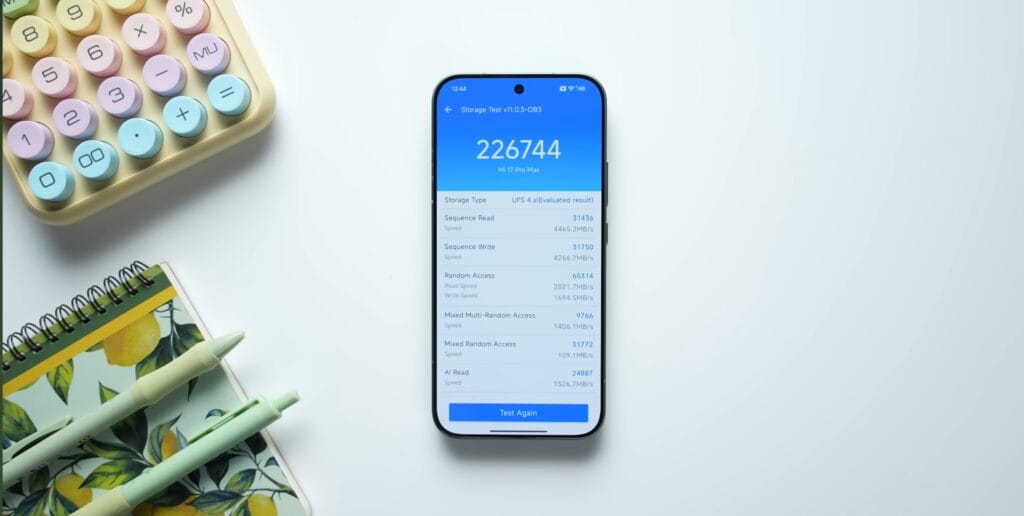
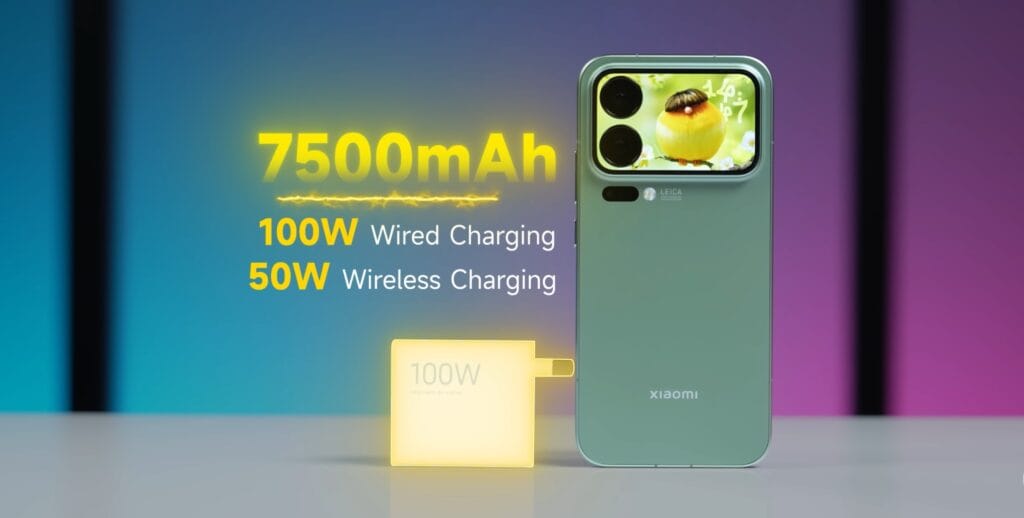
Powering it all is a massive 7,500mAh battery. Despite its size, the phone isn’t excessively heavy and supports extremely fast charging—100W wired and 50W wireless. A full charge from 0% to 100% takes just 40–45 minutes, making it one of the fastest charging large-battery phones on the market. It also supports 22.5W reverse wireless charging, so you can charge other devices on the go.
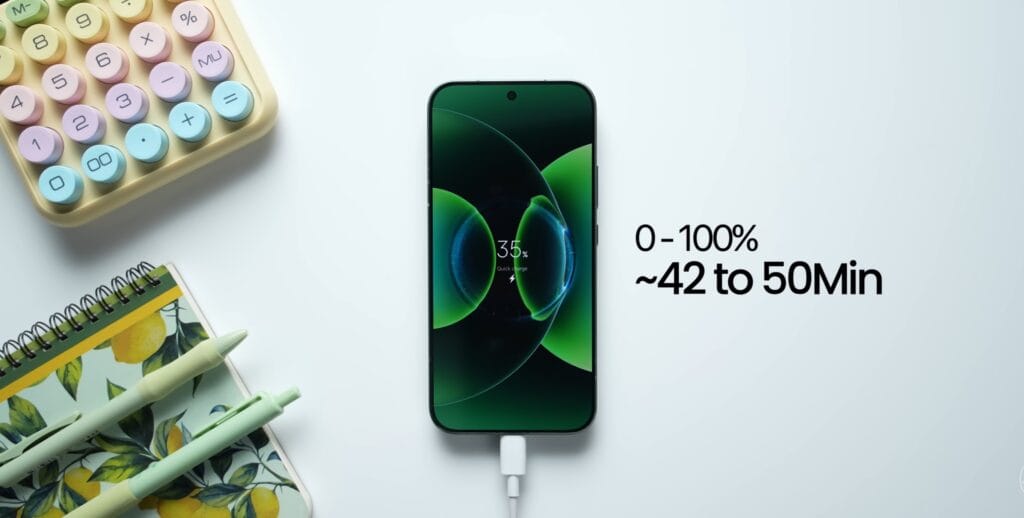
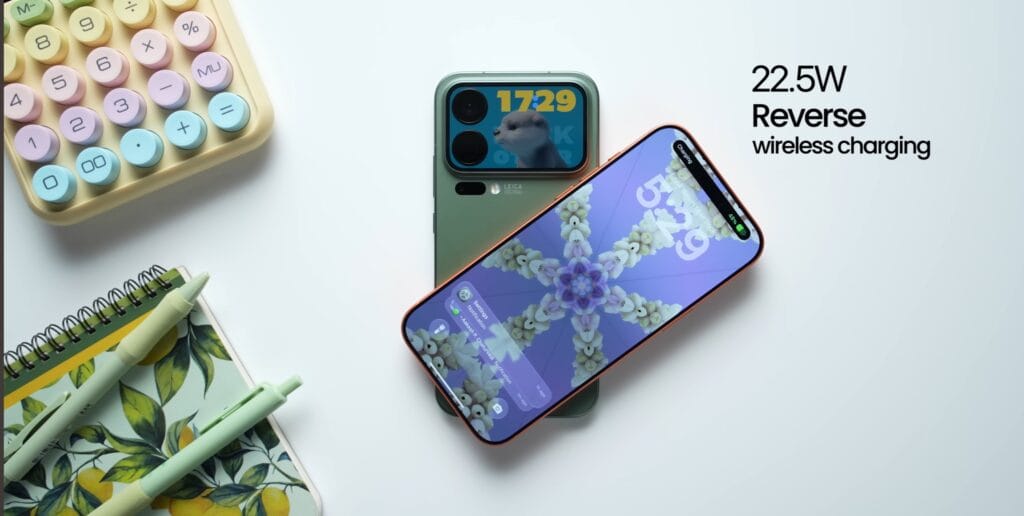
Overall, in terms of battery capacity, charging speed, and storage options, the Xiaomi 17 Pro Max clearly positions itself as a flagship device, offering both power and practicality.
OS & UI
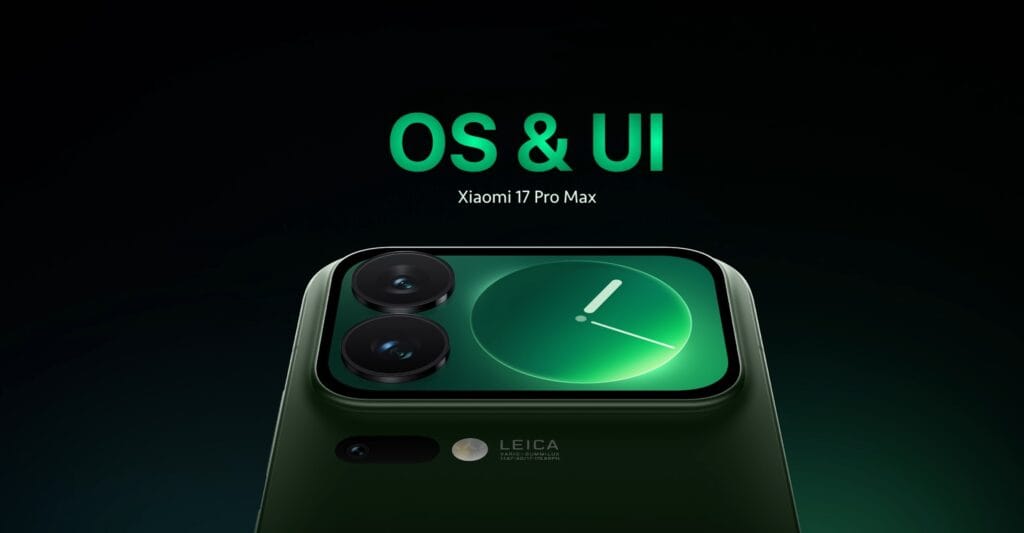
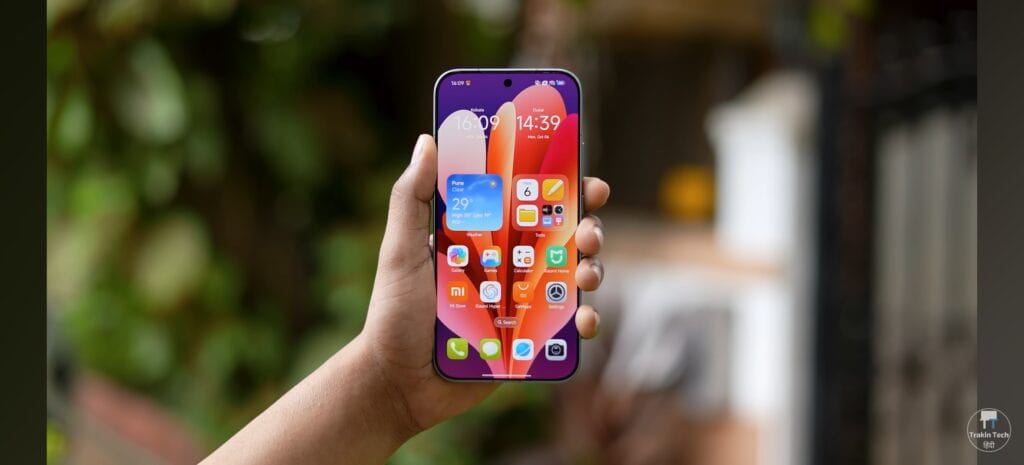
The Xiaomi 17 Pro Max runs on HyperOS 3.0. Since this is the Chinese variant, I won’t go into all the details, but one thing is clear: the OS draws a lot of inspiration from iOS. The animations, the notification panel, and the overall interface feel very similar to what you see on an iPhone.
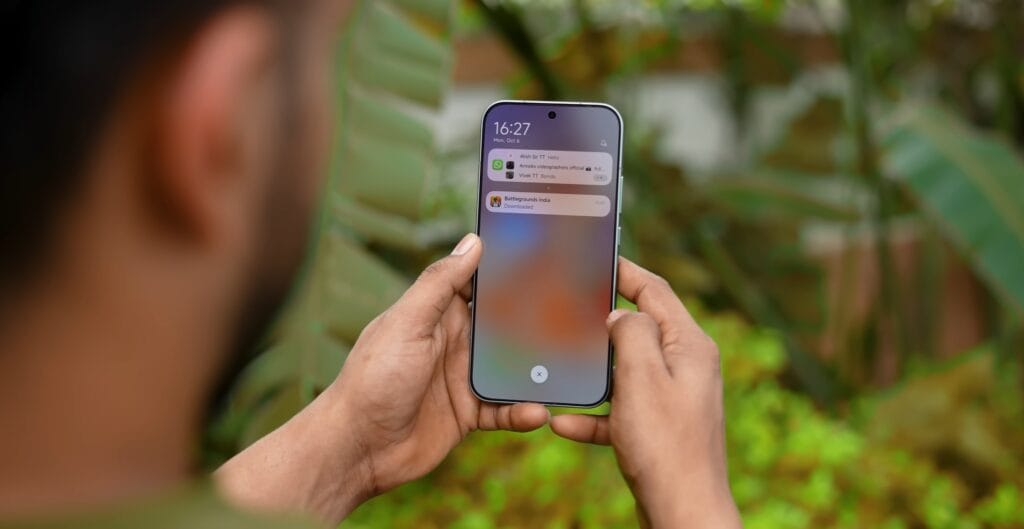
This isn’t necessarily a bad thing. From a Chinese consumer perspective, iPhone is the biggest competitor for Android brands, and users often want that familiar iPhone-like experience. Xiaomi seems to have delivered exactly that, catering to local demand very effectively. Interestingly, despite including many iPhone-inspired features, they chose not to add an action camera button, which I found a bit surprising given how closely other elements mirror iOS.
Camera
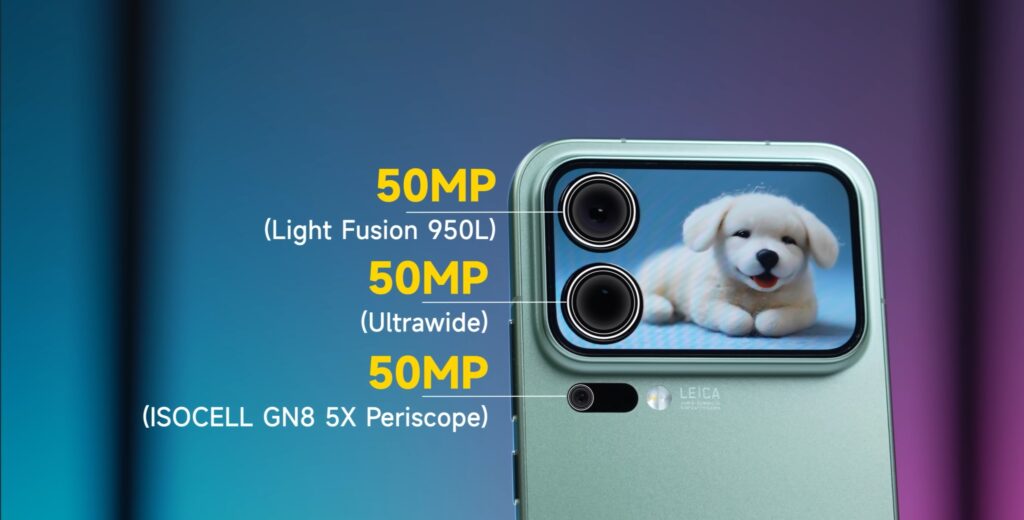
Let’s talk about the cameras on the Xiaomi 17 Pro Max. The phone features four 50MP sensors on the rear and three on the front, including a 50MP selfie camera. It offers 4X–5X optical zoom for telephoto shots and 5X portrait photos with good detail, making it a capable camera system overall.
Since this is the Chinese variant, the colours and skin tones are optimized for that market, so they may appear slightly whitish, yellowish, or warm. When the phone launches in India, the camera will likely be tuned for local skin tones and lighting conditions, so we can’t make a final judgment yet.
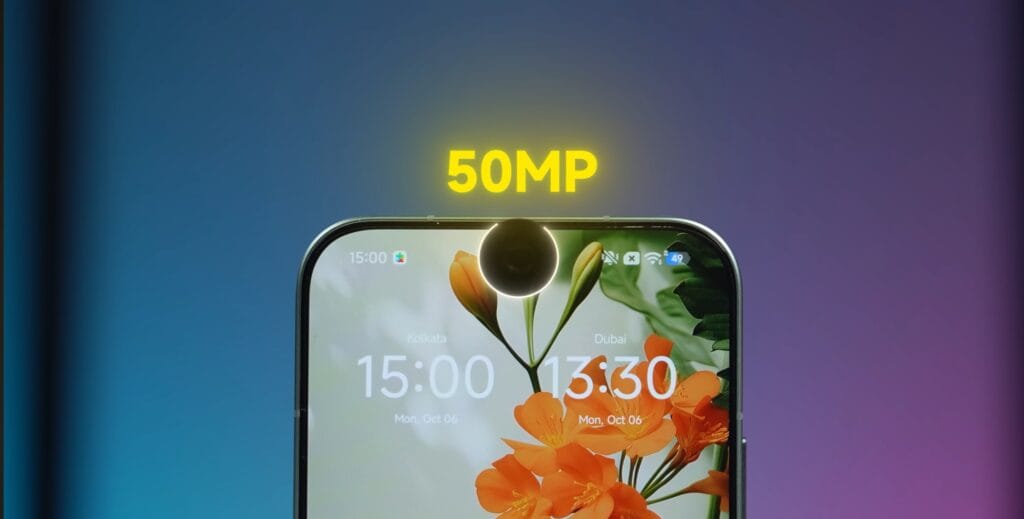
Overall, the camera output is promising, with good detail, dynamic range, and colour reproduction. Remember, this is the Pro Max model; an Ultra variant is expected, potentially with even longer focal lengths like 200mm. When the phone launches in India, we’ll provide a full hands-on review.
It’s worth noting that Xiaomi, like many brands, draws inspiration from Apple. Apple invests heavily in R&D, and these companies leverage that research to meet consumer demand—something that seems to work well for them.
Pricing
Finally, let’s talk about the price. In China, the Xiaomi 17 Pro Max is priced at around ¥5,999, which converts to roughly $848–905. In US, it’s likely to land closer to $962-1018.
The big question is: would you spend $962-1018 on a Xiaomi flagship, even though it offers excellent specs, build quality, display, and features? I’d love to hear your thoughts in the comments below.
| Region | Estimated price (local) | Estimated price (USD) | Notes |
|---|---|---|---|
| China (launch price) | CNY 4,999 | ≈ USD 700 | Official China launch/base price. Used as baseline for other estimates. |
| United States (estimated) | USD 700 – USD 800 | USD 700 – USD 800 | Likely USD 700–800 for base model if Xiaomi launches a US retail SKU. Includes expected margins but excludes sales tax. |
| Canada (estimated) | CAD 1,100 – CAD 1,300 | ≈ USD 820 – USD 970 | Converted from China price + import/distributor margin and local taxes. Final price depends on GST/HST and retailer markup. |
| Germany (estimated) | EUR 850 – EUR 950 | ≈ USD 920 – USD 1,030 | Estimate includes ~10–20% distribution/shipping margin and 19% VAT. Final retail may vary by importer. |
Note: These are estimates based on the China launch price (CNY 4,999) and common currency conversions, taxes, and margins as of 15 Oct 2025. Official local prices can differ after Xiaomi announces global SKUs or official regional launch. Use these numbers as a planning reference only.
Overall, I’m really happy with what Xiaomi has delivered. You’re getting a lot of phone for the price. If you enjoyed this post or have any questions, leave a comment and give me a rating.
If you enjoyed reading about the Xiaomi 17 Pro Max, you might also want to check out our HP Omen RTX 5060 Review
Would you like me to write 2–3 more internal link lines that fit smoothly into your Xiaomi article (like for MacBook Air M4 or Nothing Phone 3)?



